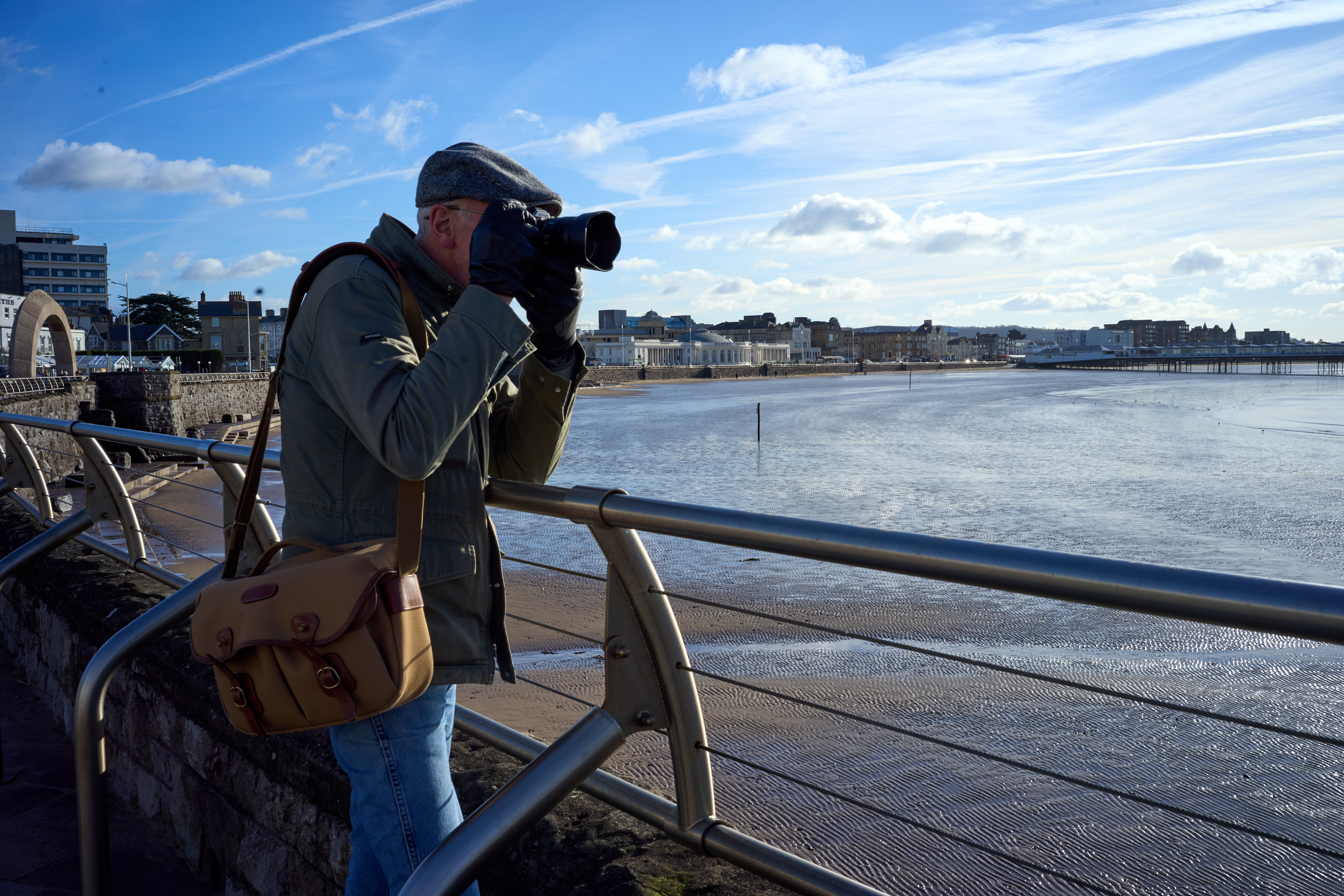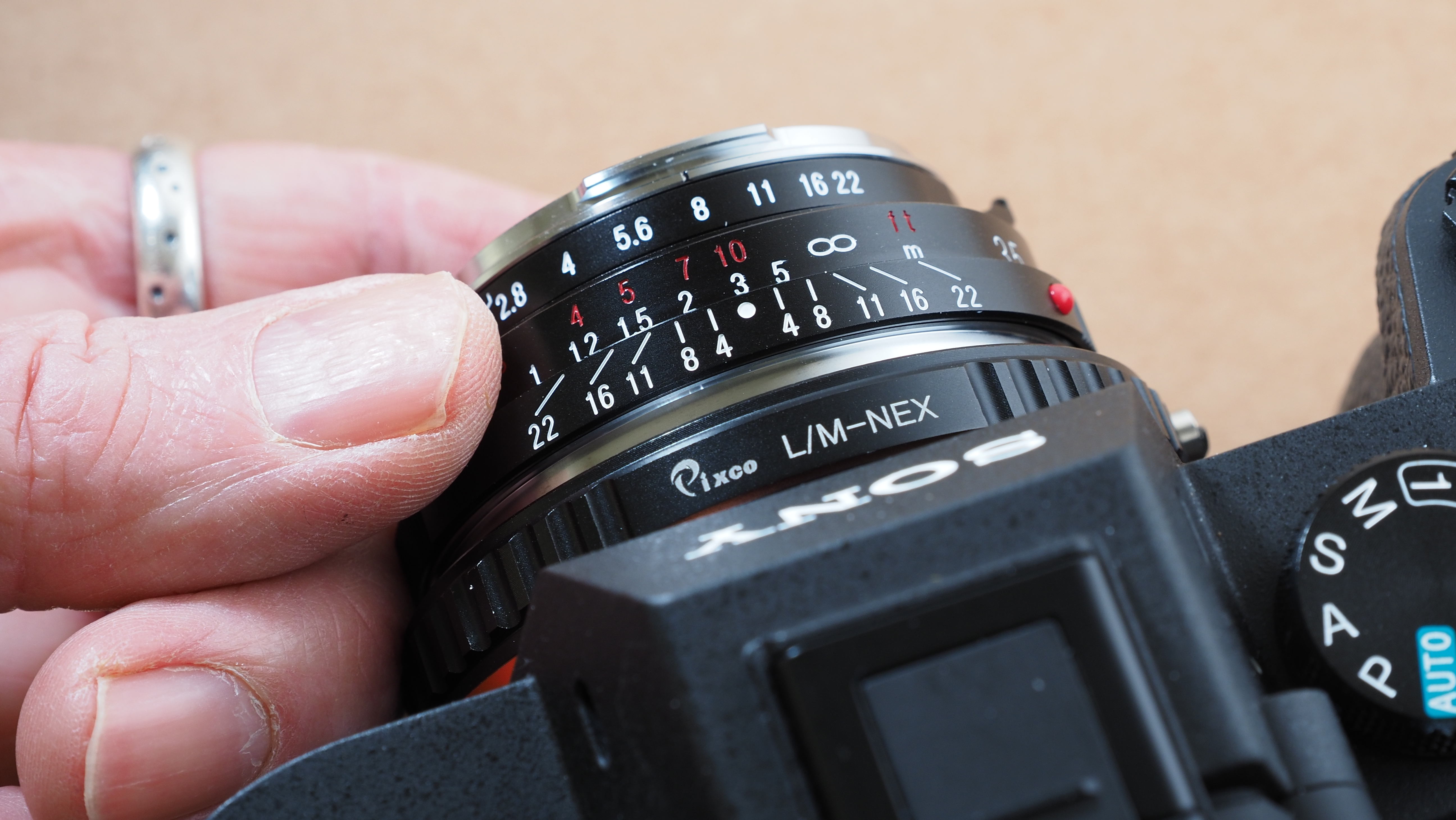Manual focus lenses helped me rediscover the magic of depth of field
Depth of field measurement used to be easy. What happened?

Depth of field has always been a preoccupation for photographers. Or it used to be. These days we seem to be fixed on the shallowest depth of field possible in pursuit of that great god of bokeh, but it hasn’t always been that way. In the past, photographers were more concerned about how to keep things in the whole frame sharp, from right up close to far away.
Today's best lenses for bokeh are great for blurry backgrounds but often no help at all if you're trying to estimate depth of field.
Depth of field is quite a science, based around focus distance, circles of confusion, lens apertures and focal lengths. It sounds like an impossible set of calculations, but lens makers managed to reduce it to a very simple, obvious set of markings on the lens.
With modern lenses, we rarely get any such help and we basically give up, don’t we? We know we need wide apertures for shallow depth of field and we really need to stop down to get everything sharp from near to far, but we’re pretty much in the dark about the focus distances and apertures needed.
That’s where old-school manual lenses do with utter simplicity and clarity what few modern lenses even attempt. They have a long-travel focus distance scale that’s actually precise enough for proper focus distance estimation, and they have depth of field index marks either side of that to show you the near and far limits of the depth of field at that focus distance and lens aperture.


You can use this for zone focusing for street photography, for example. If I set my little Voigtländer 35mm f/2.5 Color Skopar to a focus distance of 3m and a lens aperture of f/8, I can see that everything will be sharp from a distance just under 2m to well past 5m. What about hyperfocal landscape photography? I can line up the f/16 marker with infinity on the focus ring and know that at f/16 everything will be sharp down to about 1.3m from the camera. I don’t need an app, I don’t need a table. I don’t even need to switch the camera on.
There are some caveats. First, your lens’s focus distance scale needs to be accurate, and while that might have been the case on cameras of the time, these days we’re more likely to be using lenses like these on modern cameras via adaptors, and these typically seem to play safe by being fractions of a millimeter ‘thin’. Actual infinity as focused may be just a little before the infinity marker on the focus scale.
Get the Digital Camera World Newsletter
The best camera deals, reviews, product advice, and unmissable photography news, direct to your inbox!
The other is that today’s digital cameras capture at a higher resolution than cameras of old. We might decide that what was once considered ‘acceptable’ sharpness isn’t good enough any more – but then you could simply use the f/8 markers when shooting at f/11, for example.
Manual lenses aren’t for everyone, especially if you have been brought up on autofocus. I wasn’t, so I can still remember when focusing was something you thought about separately, so I don’t mind manual lenses.
I also remember that while, technically, there is only a single plane of perfectly sharp focus in any photograph, what’s actually important is the much wider zone of apparent sharpness created by the depth of field effect.
Modern cameras and lenses pay little or no attention to depth of field, its estimation or its control. Either camera makers stopped caring, or we did.

Rod is an independent photography journalist and editor, and a long-standing Digital Camera World contributor, having previously worked as DCW's Group Reviews editor. Before that he has been technique editor on N-Photo, Head of Testing for the photography division and Camera Channel editor on TechRadar, as well as contributing to many other publications. He has been writing about photography technique, photo editing and digital cameras since they first appeared, and before that began his career writing about film photography. He has used and reviewed practically every interchangeable lens camera launched in the past 20 years, from entry-level DSLRs to medium format cameras, together with lenses, tripods, gimbals, light meters, camera bags and more. Rod has his own camera gear blog at fotovolo.com but also writes about photo-editing applications and techniques at lifeafterphotoshop.com
